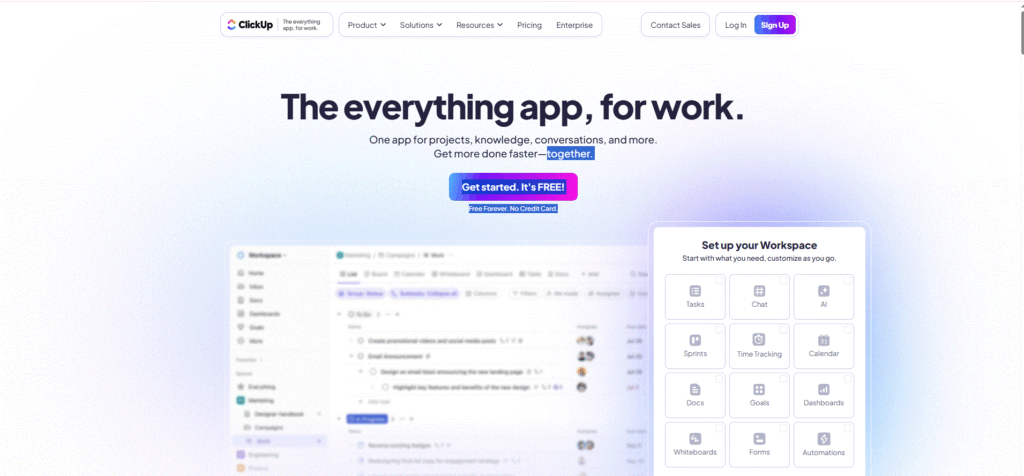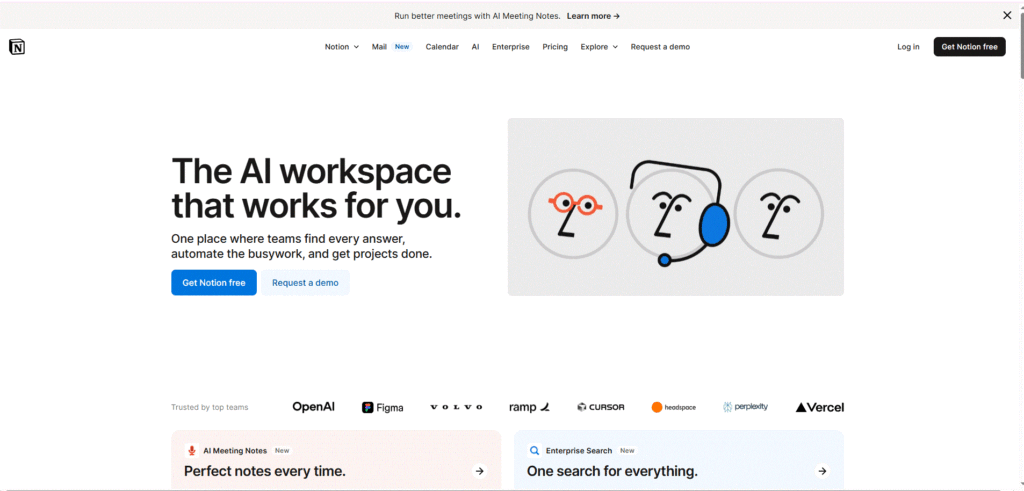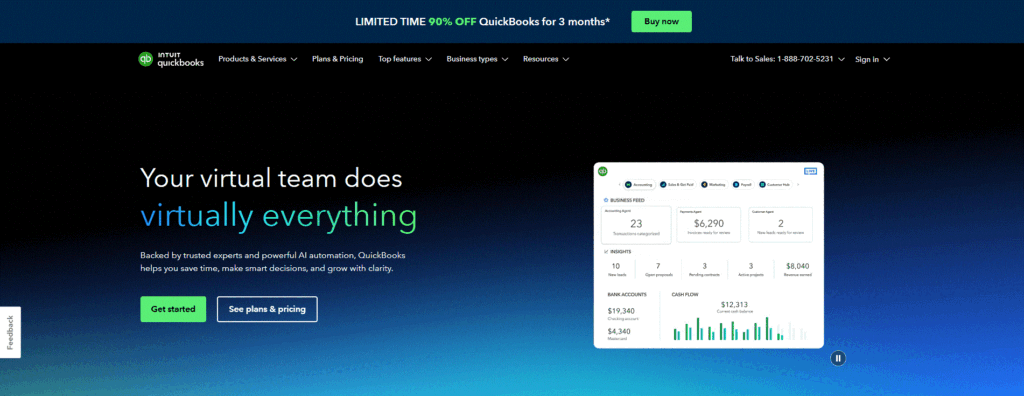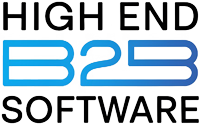Launching a startup in 2025 is exciting—but choosing the right tech stack can feel impossible. Tools for Startups. Which tools will truly help you grow without draining your budget?
After months of testing the most popular SaaS, tech, and financial platforms, I’ve narrowed it down to 10 essential tools that deliver real results.
Whether you’re running solo, building a small team, or scaling fast, these solutions will help you save time, close more deals, and stay organized.
Tool #1: ClickUp – The All-in-One Project Management Powerhouse

Running a startup means you’re constantly juggling tasks, goals, and team communication. ClickUp helps you bring it all into one clean dashboard.
I first tried ClickUp when my Trello boards turned into a mess of half-finished tasks. Within a day, I had a structured workflow with clear deadlines and automatic reminders.
The best part? You can customize it exactly how you like—Kanban boards, list views, Gantt charts, or a calendar layout. For founders, this means you can visualize progress, delegate tasks, and track goals without hopping between apps.
ClickUp also comes with built-in time tracking, docs, and goal-setting features. It even integrates seamlessly with Slack, Google Drive, and GitHub.
If you’re willing to invest a few hours to learn the ropes, you’ll have a project management system that scales with you from MVP to Series A and beyond.
Pros & Cons
Pros:
✅ Replaces multiple tools in one place
✅ Fully customizable workflows
✅ Free plan generous for small teams
✅ 1,000+ integrations
Cons:
❌ Learning curve if you’re new to project management
❌ Can feel overwhelming if you don’t organize properly
My Take
ClickUp is the best investment I’ve made in my startup productivity—and it’s free to get started.
Tool #2: Stripe – Hassle-Free Payments and Billing

Taking payments in 2025 is easier than ever with Stripe. Whether you’re billing subscriptions, selling one-off products, or running a marketplace, Stripe helps you launch faster and stay compliant globally.
I first set up Stripe for a SaaS client and was shocked by how quickly they could start accepting payments in over 130 currencies. The setup is straightforward, and the API is clean if you have a developer on board.
Stripe gives you detailed dashboards to track revenue, refunds, and churn. Plus, it automates tax calculation and compliance—so you don’t have to worry about VAT in the EU or sales tax in the US.
It’s not the cheapest option if you need advanced features, but if you’re serious about scaling, Stripe is worth every penny.
Pros & Cons
Pros:
✅ Global payments support
✅ Transparent pricing
✅ Robust fraud prevention
✅ Developer-friendly API
Cons:
❌ Requires technical help for customization
❌ Some features are limited by region
My Take
Stripe is the gold standard for SaaS billing—I’ve never seen a better payment solution for startups.
Tool #3: Notion – Organize Everything in One Workspace

If you’re tired of scattered docs and disorganized wikis, Notion is your new best friend.
I started using Notion when our team needed a central place for meeting notes, SOPs, and project plans. In less than an hour, we built a shared workspace that replaced Google Docs, Trello, and Dropbox.
Notion’s flexibility is unmatched. You can create databases, embed videos, and build beautiful dashboards. Even better, it’s free for small teams and has generous storage.
The only downside? It can get messy if you don’t establish clear naming conventions. But once you set it up, your team will never ask, “Where is that file again?”
Pros & Cons
Pros:
✅ Beautiful interface
✅ Incredibly flexible templates
✅ Free plan for small teams
✅ Easy to learn
Cons:
❌ Offline access is limited
❌ Can get cluttered without discipline
My Take
Notion is the easiest way to keep your entire team on the same page.
Tool #4: HubSpot CRM – A Free CRM That Just Works

Your CRM doesn’t have to be clunky or expensive. HubSpot CRM is completely free, and perfect for tracking leads, deals, and customer communication.
When I implemented HubSpot for a startup client, they went from spreadsheets to a clean pipeline in a single afternoon. You can add contacts, track emails, and schedule follow-ups with almost no learning curve.
It also integrates with Gmail, Slack, and Zapier—so you can connect your workflows without hiring a developer.
If you need advanced automation or reporting, you can always upgrade later. But for early-stage startups, the free version is a no-brainer.
Pros & Cons
Pros:
✅ Free forever
✅ User-friendly interface
✅ Strong integrations
✅ Scales as you grow
Cons:
❌ Some advanced tools are paid
❌ Reporting features are limited
My Take
HubSpot CRM is the perfect place to start if you want an easy, effective sales pipeline.
Tool #5: QuickBooks – Simple Accounting for Startups

Accounting might not be your favorite task, but QuickBooks makes it manageable—even for non-finance founders.
When I set up QuickBooks for a SaaS client, it transformed their bookkeeping overnight. They could connect their bank accounts, automate invoices, and generate profit-and-loss reports without touching a spreadsheet.
QuickBooks supports recurring billing, tracks expenses, and prepares tax-ready reports. It even integrates with Stripe and PayPal to import transactions automatically.
I especially appreciate the real-time dashboard—it shows exactly how much cash you have and where it’s going. The mobile app is also a lifesaver for snapping receipts on the go.
Just know that it takes a bit of time to learn the categories and settings. But once you do, you’ll wonder how you ever managed finances without it.
Pros & Cons
Pros:
✅ Automates invoices and expenses
✅ Integrates with payment platforms
✅ Real-time financial dashboard
✅ Helps with tax prep
Cons:
❌ Takes time to learn categories
❌ Some features cost extra
My Take
QuickBooks is the gold standard for startup bookkeeping—it saves time and gives you total clarity over your finances.
Tool #6: Intercom – Customer Support and Engagement
Your SaaS can’t grow without great customer support. Intercom combines live chat, email marketing, and helpdesk tools into one clean platform.
I first used Intercom to onboard users for a SaaS product, and engagement doubled within weeks. You can create automated chat flows, send targeted emails, and manage support tickets all in one place.
Intercom is known for its beautiful chat widget. It feels personal and fast—users don’t feel like they’re stuck in a faceless ticket queue.
While it’s not the cheapest option, Intercom scales beautifully as your team grows. For early-stage startups focused on product-led growth, it’s an investment worth making.
Pros & Cons
Pros:
✅ All-in-one support and engagement
✅ Beautiful, customizable chat widget
✅ Robust automation options
✅ Excellent user experience
Cons:
❌ Premium pricing
❌ Some reporting features are limited
My Take
If you want to deliver standout support and nurture customers, Intercom is unmatched.
Tool #7: Zapier – Automate Your Workflows Without Code
SaaS founders wear too many hats. Zapier helps you automate repetitive tasks so you can focus on building your business.
When I set up Zapier for a client, we automated lead capture, email follow-ups, and Slack notifications—without writing a single line of code.
Zapier connects 5,000+ apps, from Stripe to Trello to Google Sheets. You can build multi-step workflows (“Zaps”) that handle everything from onboarding to reporting.
The best part? You don’t need a developer. Zapier’s visual editor is intuitive, and there are thousands of prebuilt templates to get you started.
Just keep an eye on your task usage—if your automations run constantly, you’ll hit the limits of the free plan fast.
Pros & Cons
Pros:
✅ No coding required
✅ Thousands of app integrations
✅ Saves hours every week
✅ Great documentation
Cons:
❌ Usage limits on free plans
❌ Complex workflows can get messy
My Take
Zapier is the first automation tool I recommend to founders. It’s like having an invisible assistant.
Tool #8: Slack – Keep Your Team Connected
Remote work is here to stay—and Slack is still the best place for fast, organized communication.
I’ve used Slack for everything from daily standups to product launches. Channels keep conversations tidy, while integrations with Trello, Notion, and Zoom keep all your tools in sync.
Slack’s search is powerful. You can instantly find messages, files, and links from months ago. And if you manage multiple clients, you can even set up shared channels to collaborate externally.
While Slack can become noisy, setting clear channel guidelines solves most issues.
Pros & Cons
Pros:
✅ Real-time chat and file sharing
✅ Integrates with 2,000+ apps
✅ Great mobile experience
✅ Simple onboarding
Cons:
❌ Can get distracting without rules
❌ Limited storage on free plan
My Take
Slack is the heartbeat of any remote SaaS team.
Tool #9: Gusto – Payroll and Benefits Made Easy
If you’re hiring in the U.S., Gusto makes payroll and benefits a breeze.
I helped a client migrate to Gusto, and their payroll went from chaotic spreadsheets to automated, compliant pay runs.
You can pay employees and contractors, manage benefits, and handle tax filings automatically. Gusto also includes onboarding checklists and document management.
While it’s U.S.-centric, if you’re building a domestic team, it saves countless headaches.
Pros & Cons
Pros:
✅ Automatic tax filings
✅ Contractor payments
✅ Employee self-service portal
✅ Clean, modern interface
Cons:
❌ Limited international capabilities
❌ Pricing can add up with extra features
My Take
Gusto is the easiest way to manage payroll without a dedicated HR team.
Tool #10: Mixpanel – Product Analytics for Growth
Finally, you need to measure what’s working. Mixpanel goes beyond basic metrics to help you understand how users engage with your product.
I’ve used Mixpanel to track onboarding funnels and identify where users drop off. The cohort analysis and retention reports are powerful—especially for SaaS businesses.
The interface is clean, and setup is faster than you’d expect. Just be prepared to spend some time mapping events properly.
Mixpanel helps you build a product users love—and keep them coming back.
Pros & Cons
Pros:
✅ Detailed funnel and retention analytics
✅ Powerful segmentation
✅ Great visualization tools
✅ Affordable plans for startups
Cons:
❌ Requires setup planning
❌ Some features are technical
My Take
Mixpanel is the best analytics tool for product-led SaaS.
Comparison Table: 10 Must-Have Tools for Startups
| Tool | Best For | Why I Love It | Pricing |
|---|---|---|---|
| ClickUp | Project Management | Combines tasks, docs, and goals in one hub | Free plan; paid from $5/user |
| Stripe | Payments & Billing | Global payments, transparent fees | Transaction-based fees |
| Notion | Docs & Knowledge Management | Replaces docs, wikis, and project boards | Free plan; paid from $8/user |
| HubSpot CRM | Sales & Contact Management | Free CRM that scales as you grow | Free; premium starts at $50/mo |
| QuickBooks | Accounting & Invoicing | Automates bookkeeping and tax prep | Paid plans start around $15/mo |
| Intercom | Customer Support & Engagement | All-in-one chat and helpdesk | Starts ~$74/mo (early-stage) |
| Zapier | No-Code Automation | Connects 5,000+ apps, saves hours weekly | Free; paid from $19.99/mo |
| Slack | Team Communication | Central hub for remote collaboration | Free; paid from $6.67/user |
| Gusto | Payroll & HR | Simplifies payroll and compliance | Paid plans from $40/mo + $6/ee |
| Mixpanel | Product Analytics | Powerful funnel and retention insights | Free; paid from $25/mo |
(FAQ) For Tools for Startups
Which tool should I start with if I have a tiny budget?
Start with free plans of ClickUp, HubSpot CRM, Slack, and Notion. You’ll cover project management, CRM, team communication, and documentation—all at no cost.
Do I need a developer to set these up?
Mostly no—ClickUp, Notion, Slack, and HubSpot are plug-and-play. Stripe and Zapier may require a developer if you want advanced workflows.
What if I only sell services, not SaaS?
Many of these tools work for service businesses too—especially ClickUp (project management), QuickBooks (invoicing), and HubSpot CRM (sales tracking).
Are these tools good for international teams?
Yes—Stripe supports 135+ currencies, Slack works globally, and Gusto handles U.S. payroll. For global payroll, consider adding a platform like Deel or Remote.com.
Can I switch tools later if I outgrow them?
Absolutely—most of these tools have export options so you can migrate your data when you scale.
Final Thoughts
Choosing the right SaaS, tech, and financial stack can make or break your startup. These 10 tools are the backbone of modern, efficient businesses, letting you focus on building products and delighting customers instead of fighting spreadsheets.
If you’re just starting out, I recommend:
- ClickUp for project management
- Stripe for payments
- HubSpot CRM for sales
- QuickBooks for finances
- Notion for all your internal knowledge
Don’t feel pressured to adopt everything at once. Start with the essentials and layer on complexity as you grow.
Explore More:
Read our in-depth SaaS Marketing Automation Guide
